Increasing Customer Lifetime Value with Loyalty Programs
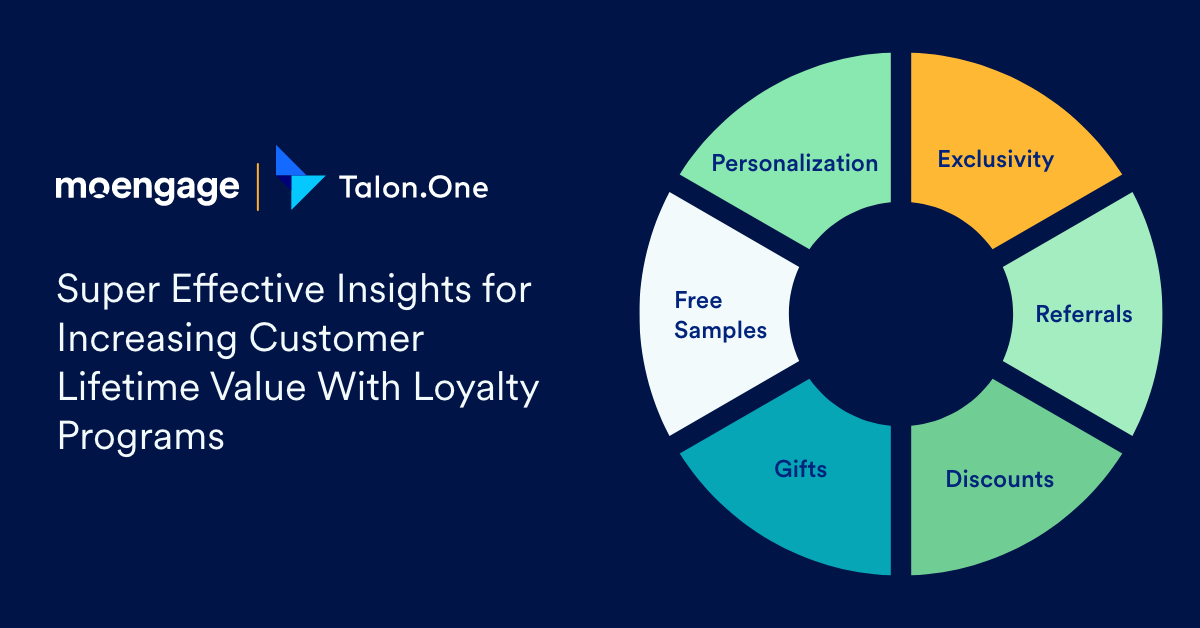
Reading Time: 6 minutes
Many of the world’s most successful brands have risen to the top because they understand the importance of increasing customer lifetime value, also known as CLV.
The rising cost of advertising and other customer acquisition measures have nudged many brands towards focusing more time on crafting customer experiences.
And there are many benefits for brands that shift from a short-term focus on quarterly profits to a long-term approach that prioritizes building enduring relationships with customers.
One of the best approaches for customer engagement is building loyalty programs. Loyalty programs are known to have a positive effect on improving CLV as they increase and enrich the interaction between a brand and its customers, boosting spending amounts and inducing repeat purchases.
What is Customer Lifetime Value and How is it Measured?
CLV is an important marketing metric that represents the total amount a single customer spends on a brand’s products and/or services for as long as they remain their customer.
To calculate the customer lifetime value, there are mainly two models that brands use:
- Historical CLV: This method looks at past data and provides insights on the value of customers based on their past interactions. This model works best for customers who show a high degree of homogeneity in their interactions with the brand during their entire association.
- Predictive CLV: This model takes the purchasing behaviour of customers into account in order to predict how their future interactions will be. This method can help a brand improve its customer acquisition-activation-retention process significantly.
Depending on the model, the formulas for measuring the customer lifetime value vary too and focus on either the average transaction size or the gross margin of a typical customer. For the sake of simplicity, let’s see what a CLV calculation model built around gross margin looks like:

Why is Customer Lifetime Value Important?
Let’s keep the above formula in mind and think of a brand that sells vegetarian food. Imagine the average lifetime of a typical customer for this brand is 2 years, during which the customer buys 10 meals (5 meals every year). If we assume that the gross margin of each meal is 10 EUR, the CLV of this customer will be: 2 × 5 × 10 = 100 EUR.
Now, let’s compare this scenario to one in which the vegetarian food brand sells 10 meals to 10 customers over 2 years, but who end their interaction with the brand after their first purchase. Assume that the acquisition cost for every customer through marketing and advertising is 5 EUR.
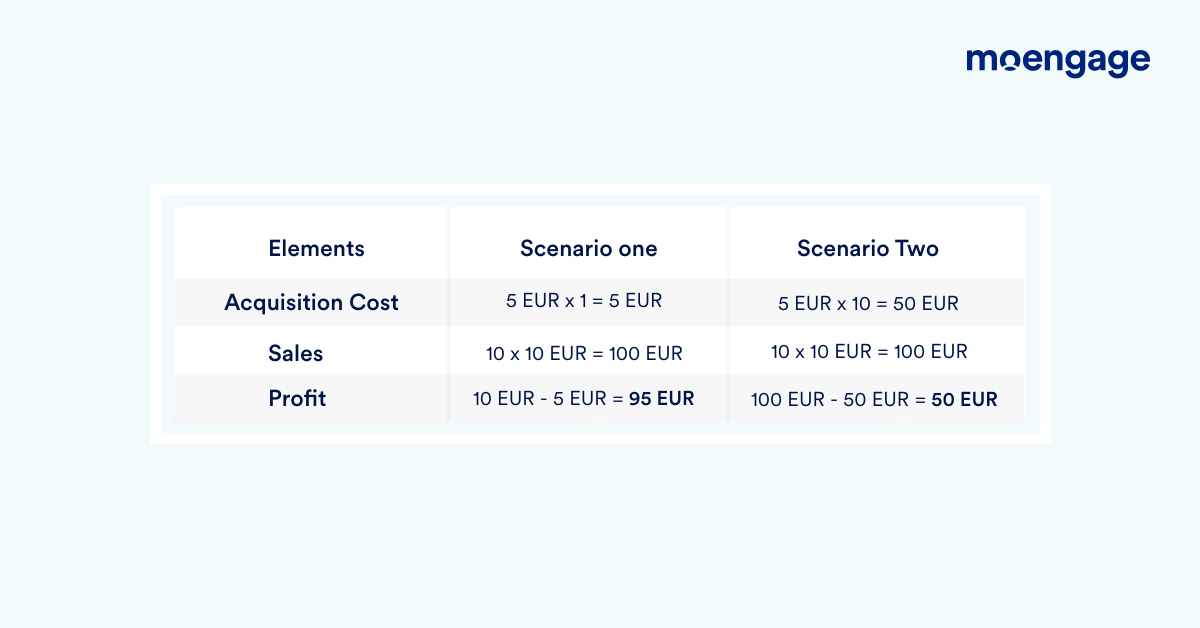
This simple comparison clearly shows that when a brand is less focused on increasing the customer lifetime value, it will have a hard time growing its profits.
In addition to helping a company with its profitability factor, the improvement of CLV ensures that the brand:
- Spends fewer resources and less money on acquiring new customers.
- Drives more sales without having to rely on massive discounts.
- Is known as a brand that prioritises customer support and has a significant loyal customer base.
- Can use loyalty insights to send hyper-personalised marketing messages.
- Makes highly accurate future decisions about inventory, production capacity, etc.
How do Loyalty Programs Increase the Customer Lifetime Value?
A brand loyalty survey shows that when a company achieves a 7% increase in brand loyalty, the CLV of each customer can rise by 85%. Not only do loyal customers bring long-term value to a company, but they also decrease the cost it has to pay to attract new customers.
If implemented properly, loyalty programs can maximise customer satisfaction, leading to significantly higher CLV rates. A 2022 survey in Canada demonstrated this by finding out that 63%of consumers who were actively registered in a grocery store’s loyalty program were extremely or very satisfied with their experience.
Furthermore, research by Motista reveals the impact of increased loyalty is not only on CLV improvement but also on the number of referred customers. The research shows that customers who have an emotional relationship with a brand have a 306% higher CLV, with 71% of them recommending the brand to others, which is significantly higher rather than the average rate of 45%.
Generally, loyalty programs help a business increase its customer lifetime value in two ways:
- Increasing Spending Amount: The more a customer stays with you, the more opportunities you will have to gain their trust for bigger deals. Research shows loyal customers spend 31% more, on average, compared to new customers.
- Increasing Repeat Purchases: Loyalty programs can encourage your existing customers to welcome repeating their positive experiences with you. To achieve this goal, loyalty programs should focus on experiential rewards.
Loyalty Programs in Action
To increase your brand’s CLV through loyalty, you need to ensure you have cutting-edge programs that offer valuable incentives and rewards to your customers. Consider the following insights when you develop your next loyalty program:
1. Have a ‘Reward-everything’ Mindset
Brands that want a meaningful surge in their customer lifetime value need to offer a wide range of rewards to incentivize every stage of the customer journey. From acquisition, activation, and growth to retention and reactivation, you can use promotions and rewards to create a strong relationship with your customers at every touchpoint in their journey.
Sephora’s Beauty Insider Program is an excellent example of having a reward-everything mindset. It offers members opportunities to get savings, product samples, and access to exclusive events. This enables customers to earn attractive perks during every brand interaction. In fact, its tier-based program has earned Sephora more than 25 million loyal customers, with a significant amount of sales and growth coming from its top tier i.e. its Rouge members.
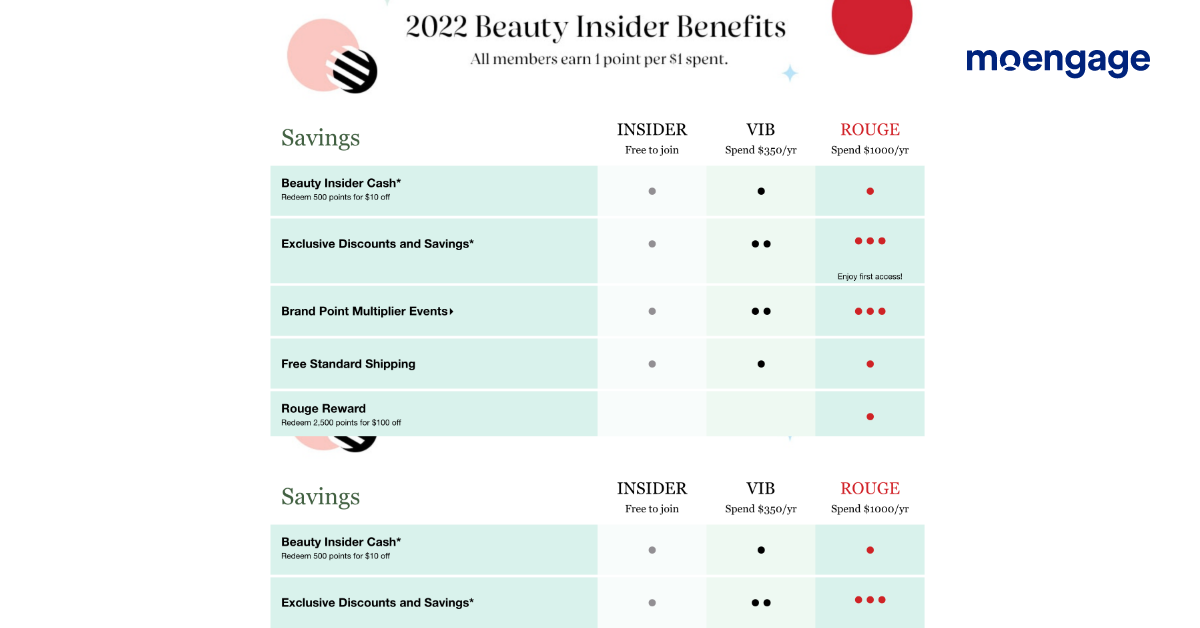
Similarly, customers who join Foot Locker’s FLX program are able to purchase items ahead of their street date, get free shipping, access exclusive items not available to the general public, and attend invitation-only events. In each case, the customers benefit from their loyalty while also developing a long-term association with the brand.
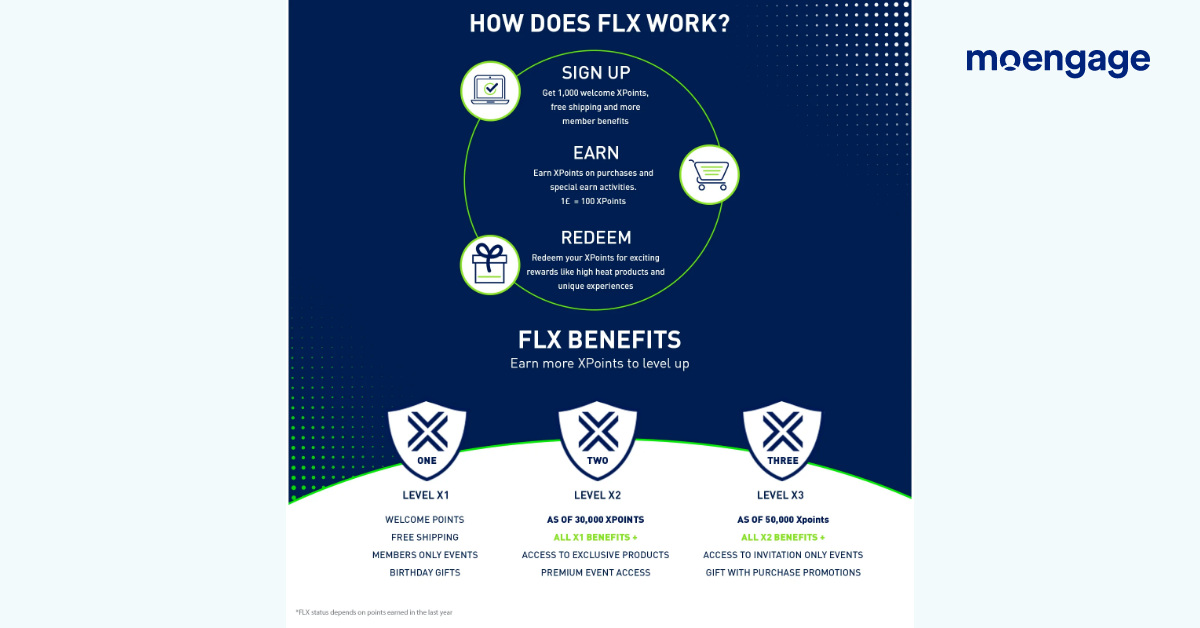
2. Add a Referral Feature to Your Loyalty Program
Referral programs can lead to outstanding results in terms of augmenting your CLV. The referral component of your loyalty program helps your brand increase its exposure while giving back to your most loyal customers. Referred customers have a 16% higher lifetime value and an 18% less churn rate.
For instance, Chase Bank has an engaging referral program where you can earn $50 for each referral that opens a checking account and earn up to $500 per year. This scheme encourages customers to expand their interactions with the bank, which in turn helps the brand increase its customer lifetime value.
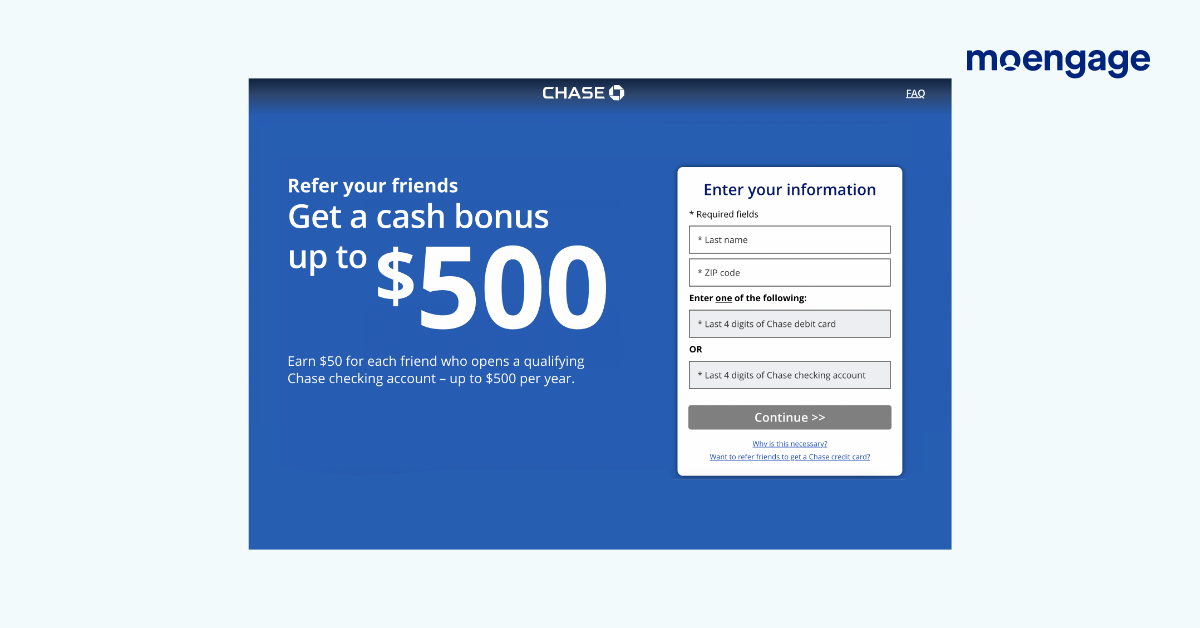
3. Personalise All Your Outreach Activities
When it comes to getting the most out of your loyalty program, personalisation is the final piece of the puzzle. On average, 71% of consumers express some level of frustration when their shopping experience is impersonal. So if your interactions with your customers are not personalised, there is a high chance they will churn quickly, which can be a huge blow to your CLV-increasing efforts.
Conversely, when you interact with your customers in a personalised fashion, they are more prone to maintaining their relationship with your brand.
For instance, Netflix leverages artificial intelligence, natural language processing (NLP), and machine learning to create personalised experiences for its customers, based on the content they prefer to watch. This approach has helped Netflix to convince customers to renew their subscriptions month on month and spend more time on the platform, giving it a churn rate of only 2.4%.
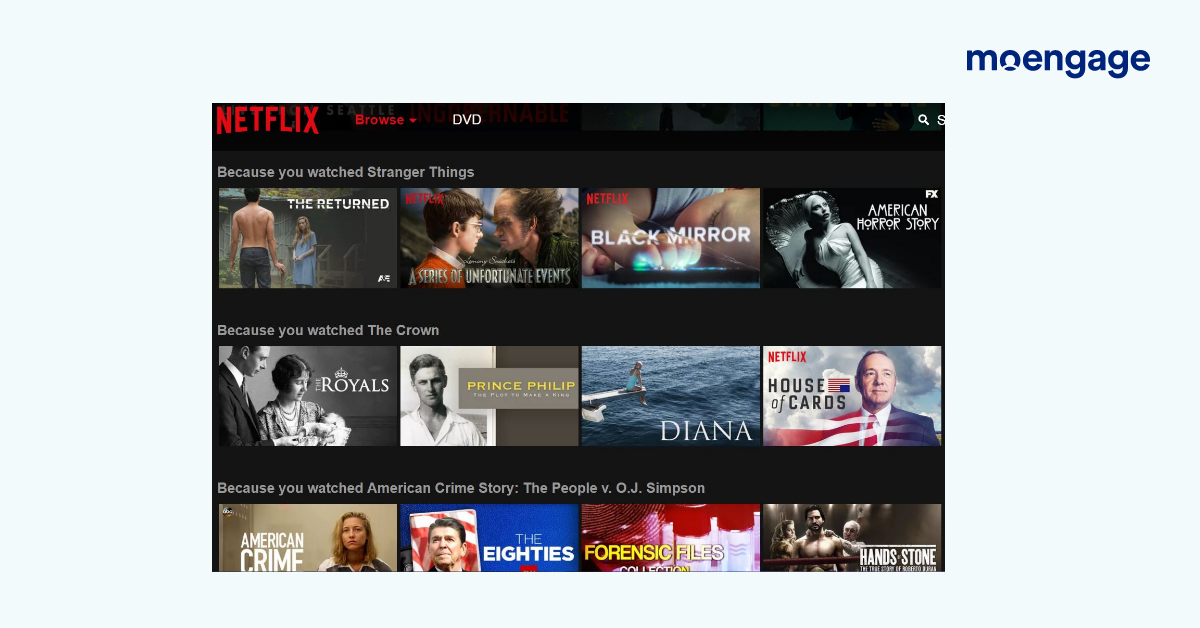
Final Thoughts: Loyalty Programs Pay Off
Investment in quality loyalty programs will help brands reduce the cost of their acquisition activities while nurturing their existing customers and preventing churn. Loyalty programs are also a good way to reduce silos between teams, getting acquisition, activation, and retention-focused teams to work together towards one common goal — customer lifetime value.
Talon.One is an all-in-one Promotion Engine that takes the headaches out of building incentive and reward campaigns. After integration, your marketing and business teams can build rule-based campaigns in just a few clicks. For more on how to build the perfect loyalty program for you, check out our Loyalty Playbook.







